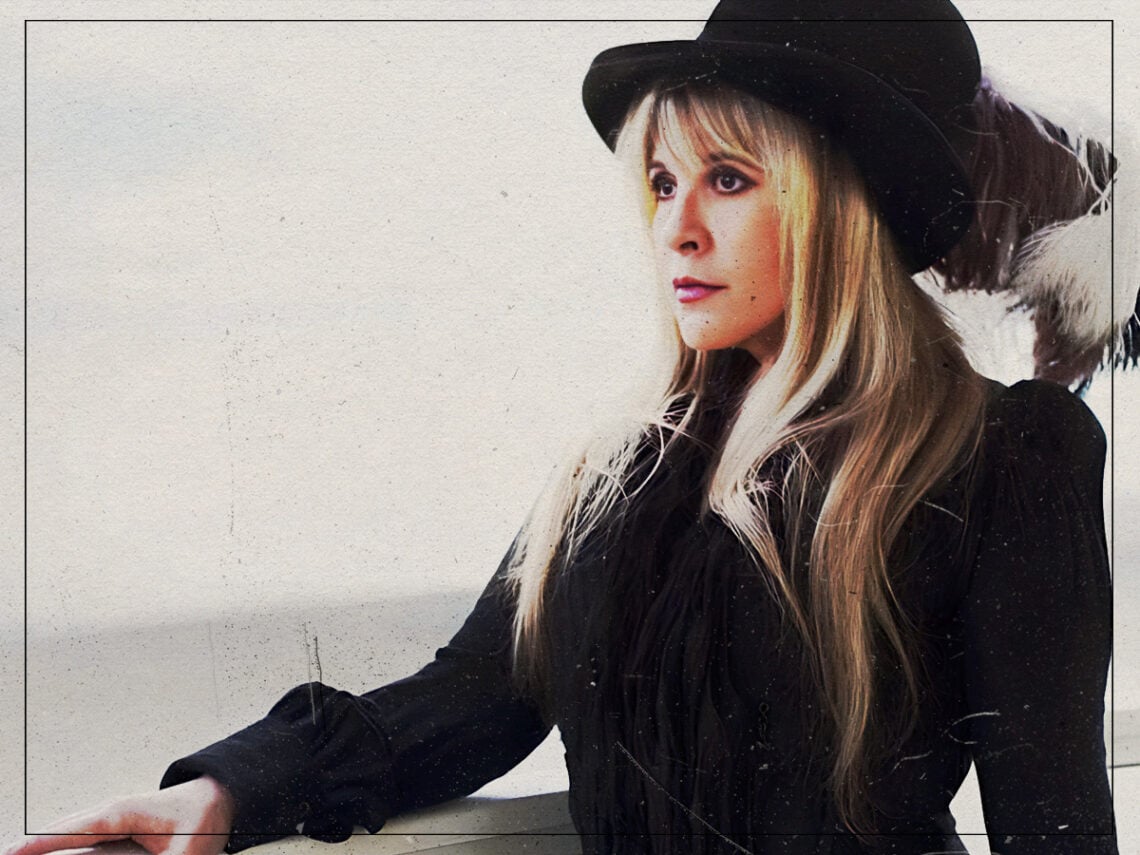
(Credits: Far Out / TIDAL)
Mon 4 August 2025 16:30, UK
We treat musicians wholly differently to any other human being when it comes to their profession. If a friend of mine was in a truly toxic work environment, I would celebrate them leaving in the hope it would liberated them from whatever pain they were in.
Stevie Nicks, on the other hand, well, she had the weight of the world wishing she would forever be stuck in said toxicity.
When she stepped foot into the Fleetwood Mac studio for the very first time, walking in the slipstreams of her long-time life and creative partner, Lindsey Buckingham, she had no idea that her life would essentially be compromised for the success of the band.
The appetite for the salacious drama that swirled around the narratives of Rumours meant every live performance thereafter became a circus and every record release a sequel in the tale. Her pain was forever bound to her greatness and so the idea of professional liberation through a solo career felt all the more daunting than it would ordinarily.
But it was an important move for her as an artist, to not only free herself of that emotion but to also allow her writing process to become truly individual. From the very outset of her career, she had been in a group, in one form or another, and so her process had never truly been individual.
“When you’re in a band with three great writers, you only get one third of the writer thing,” Nicks once said. “So that’s the whole reason that I did a solo career. And that’s when I told Fleetwood Mac I was going to do that, they were of course terrified that I would do that record and then that I would quit.”
There was a sense of debt felt towards the band. Nicks had built a bond with Christine McVie in particular, who, throughout the constant turmoil of the band felt like a quiet guardian, and so naturally her diversion into a solo project felt slightly like an abandonment. But even outside of McVie, Nicks felt a responsibility, one that cut through the pain and toxicity of the band dynamics to understand these were people who meant a great deal to her.
“I wanted to go around and hold each one of their hands and say, ‘Listen, my loves,’” Nicks continued. “I am never going to leave you. I just need a vehicle. I can’t, I have trunks of songs from 1973 that are never going to be heard. So the only reason I’m doing this solo thing is so that I can throw a few more songs out.”
Ultimately, it was an instinct proven right, as the album in question Bella Donna peaked at number one on the Billboard 200 the year it was released. Even though that was evidence that she was perhaps just as loved as a solo artist as she was a member of Fleetwood Mac, she, of course, returned to the band for future projects. But Bella Donna was an important work that allowed the world to see Stevie Nicks as a standalone artist, not just a part of a wider whole.
Related Topics

